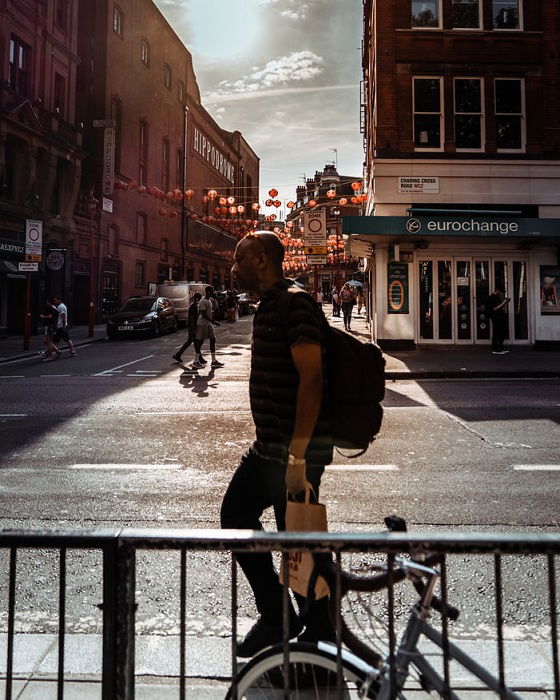Framing Streets Can Be Fun For Everyone
Framing Streets Can Be Fun For Everyone
Blog Article
Unknown Facts About Framing Streets
Table of ContentsNot known Factual Statements About Framing Streets The 10-Minute Rule for Framing Streets4 Easy Facts About Framing Streets ExplainedExcitement About Framing StreetsThe Facts About Framing Streets RevealedThe 4-Minute Rule for Framing Streets
Photography genre "Crufts Pet dog Show 1968" by Tony Ray-Jones Road digital photography (likewise often called candid photography) is digital photography carried out for art or query that features unmediated opportunity encounters and random cases within public locations, typically with the aim of recording pictures at a decisive or emotional moment by careful framework and timing. 
, that was influenced to embark on a comparable paperwork of New York City. As the city established, Atget assisted to promote Parisian roads as a deserving subject for photography.

Top Guidelines Of Framing Streets
Andre Kertesz.'s extensively admired Images la Sauvette (1952) (the English-language edition was entitled The Definitive Minute) advertised the concept of taking an image at what he labelled the "decisive minute"; "when form and content, vision and structure merged into a transcendent whole" - Lightroom presets.
The Best Guide To Framing Streets
The recording device was 'a hidden camera', a you could try here 35 mm Contax hidden underneath his coat, that was 'strapped to the upper body and linked to a long cord strung down the ideal sleeve'. His work had little modern impact as due to Evans' level of sensitivities regarding the originality of his job and the privacy of his topics, it was not published till 1966, in the book Several Are Called, with an introduction created by James Agee in 1940.
Helen Levitt, then an educator of little ones, related to Evans in 193839. She recorded the temporal chalk drawings - sony a7iv that became part of youngsters's street society in New york city at the time, in addition to the kids who made them. In July 1939, Mo, MA's brand-new photography area consisted of Levitt's operate in its inaugural exhibitRobert Frank's 1958 book,, was significant; raw and usually indistinct, Frank's images examined mainstream digital photography of the time, "challenged all the official rules laid down by Henri Cartier-Bresson and Walker Evans" and "contradicted the wholesome pictorialism and heartfelt photojournalism of American magazines like LIFE and Time".
Report this page